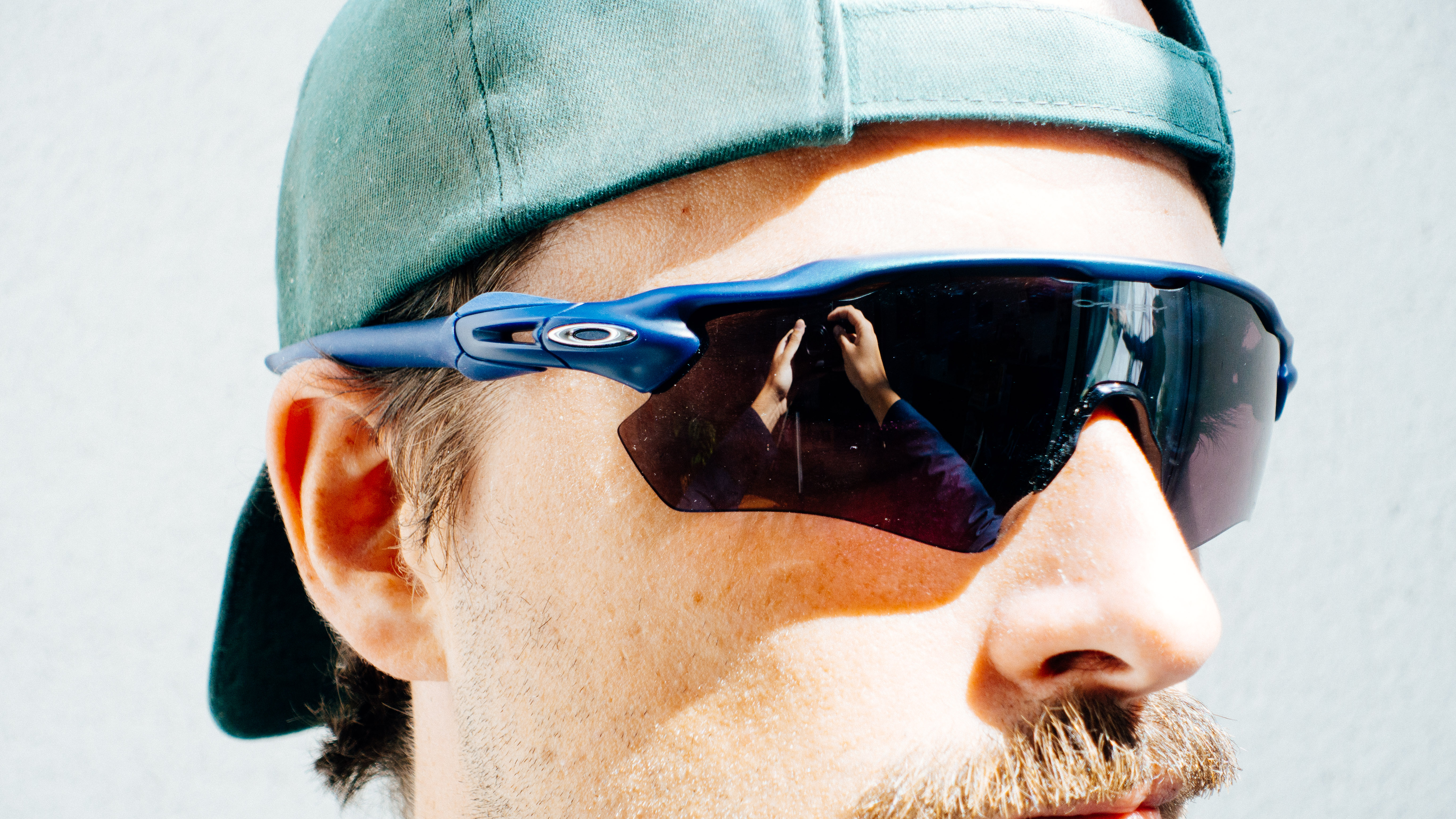Cyclingnews Verdict
A great pair of sunglasses, not just for cycling, but for more or less any activity you can think of, though they aren't as good on the bike as bike-specific options.
Pros
- +
You don't look a wally wearing them off the bike
- +
Great lenses
- +
Super secure and comfortable
Cons
- -
Coverage not as good as giant lens options
- -
Can fog up more easily
You can trust Cyclingnews
Incredibly for such a long-standing, established set of cycling glasses, we have never reviewed the Oakley Radar EV Paths (hereby referred to as ‘Radars’ for ease, as that’s what everyone calls them).
They’ve been around almost as long as I’ve been into road bikes, and were the effective successor to the iconic (or infamous, given their association with Lance Armstrong) M-Frame. All the big names you can think of wore these at some point. Contador, Schleck, Wiggins, Froome, Cancellara, Boonen… They’ve got a significant historical cachet behind them, but are they any good, and can they justify their place in our guide to the best cycling glasses?
I owned a pair of these for years and loved them, before moving on to Jawbreakers and now with everything on the market, it’s been interesting to see how they stack up against the latest models. A good indication though comes from my colleague, Tom. When I offered him some of the sunglasses I’d finished reviewing, his response was simple: “Radars, mate. If you know, you know”.
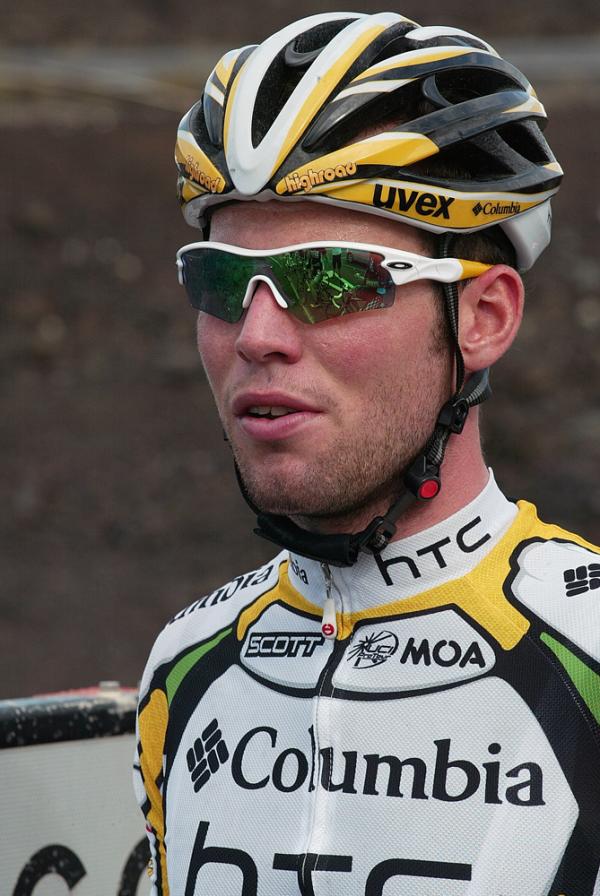
Design and aesthetics
The Oakley Radar appeared on the scene at a time before giant monolens cycling glasses had properly taken off. Yes, Oakley had pioneered this early on with the Eyeshade, but when the Radars popped up on the faces of pro cyclists it was still a time of separate lenses for many. The silhouette now though looks quite dated in the face of options like the Sutro Lite, the Kato, and the Encoder.
The lens isn’t tall, but like many shallow lens glasses, it makes up for it with a heavy wrap. The lens and frame extend out past the temples, meaning the arms have to kink inwards so that they hug the temples more effectively.
The lower half of the lens has the recognisable scalloped edge, with material removed so you can smile without your cheeks pushing the glasses up off your nose. Up top, the lens has four small ventilation holes, though earlier models didn’t have these.
The arms are classic Oakley, in that they don’t feature a hook and instead just wrap around the back of the head behind the ears. The arms are covered inside and out almost for their entire length in the Oakley ‘Unobtanium’ rubber that is purported to get more grippy when wet, the same stuff the nose piece is made of.
The lenses in this case are the Prizm Road Black option. These take the same base tint as the Prizm Road (my favourite lens for road riding), but add a less transmissive outer coating. This means they’re darker, or better for really full sunlight, while still keeping the same contrast enhancement.
Given the true multi-sport capability of the Radar platform, there are specific lenses available for more or less any sport you can think of, from golf, through shooting, to deep sea fishing. Fortunately, the lens swap is pretty easy, so if you want to ride on Saturday and go golfing on Sunday you could easily do both with the same frames and a lens swap.
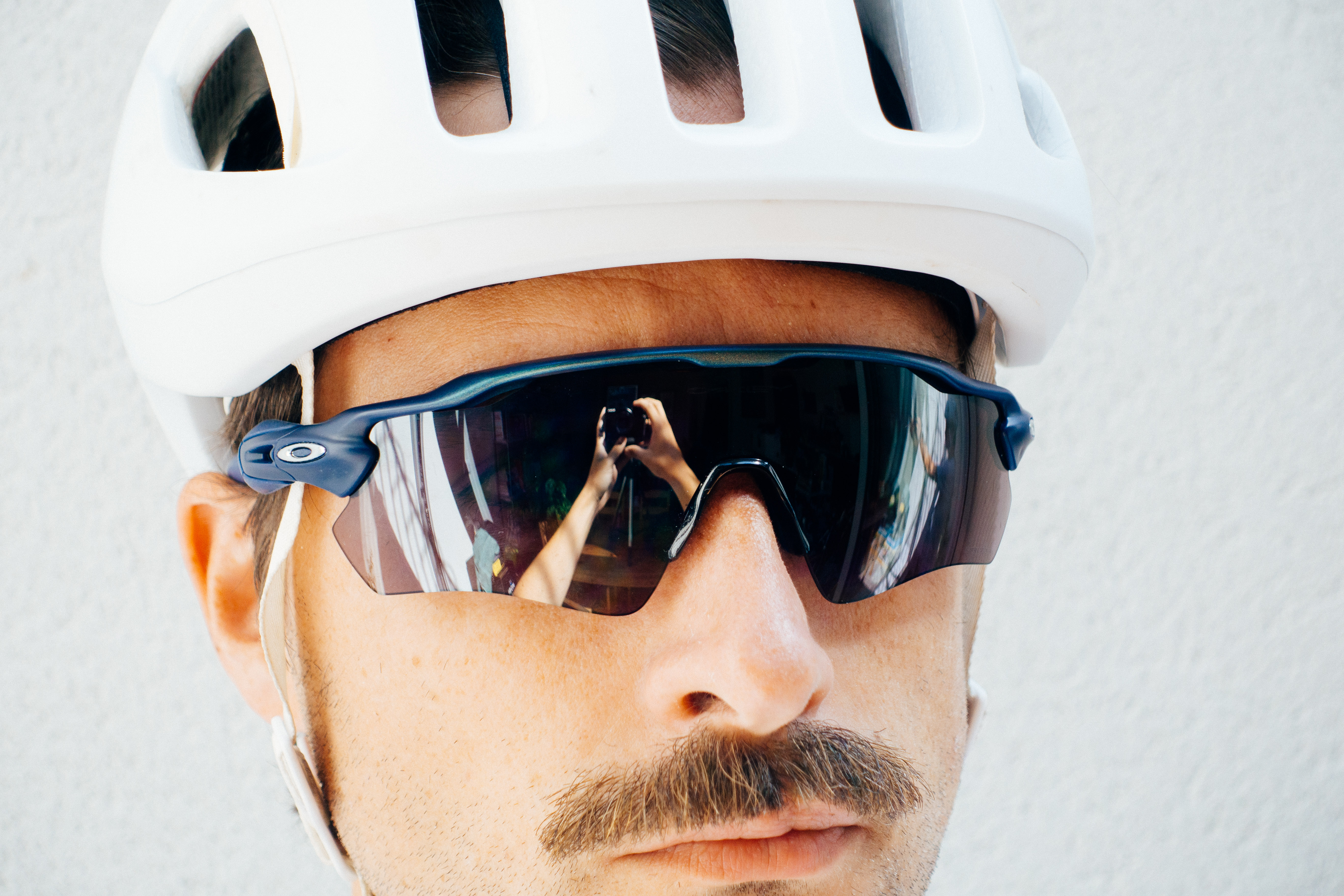
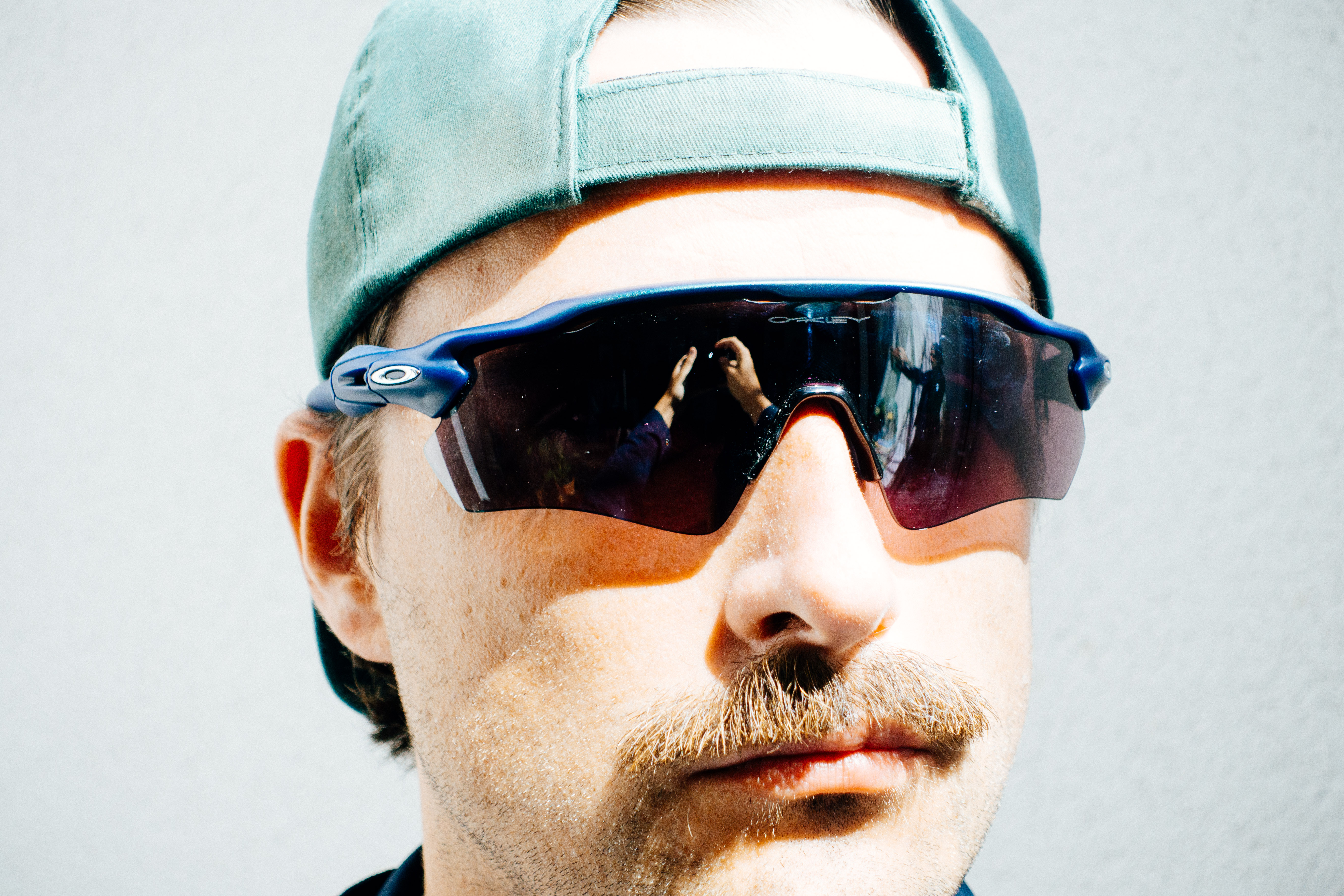
Performance
There are riders out there who don’t want the enormous face shield look that has very much become the norm, among pro cycling cosplay enthusiasts at least. For those who want a more normal look the Oakley Radar EV Path is excellent and worthy of consideration. I will say that in pure performance terms, on the bike, they aren’t quite up there with cycling-specific options for several reasons, but I’m also willing to admit that for many (perhaps even most) people, sunglasses are more about aesthetics than they are about performance.
To start with the lenses, the Prizm Road Black lens builds on the excellent Prizm Road. My main bugbear with the normal Prizm Road was that in bright, full sun it doesn’t match the performance of something darker like the Prizm 24k, but in general it’s far more useful in the UK given how many grey, overcast days we are afflicted with. In bright conditions, the Prizm Road Black lenses are better, but conversely, they lose out a little when things are cloudy, or you go through a tunnel. If you live somewhere perennially warm and sunny then go for the Black, but if you take vitamin D supplements go for the standard Prizm Road.
The field of view is decent enough, but compared to whoppers like the Sutro Lite the frame and lower half of the lens do sit in your eyeline somewhat. They are however extremely comfortable and secure, perhaps only beaten on this front by the Encoder. The arms grip tenaciously, as does the nose, meaning you could happily rattle over cobbles (or even, God forbid, go running) without ever having to worry about them slipping down your face. The heavily rubberised arms mean they also grip helmet vents well too.
I never had any issues with wind getting in behind them, despite the smallness of the lenses. This is mostly down to the heavy wrap, which makes them sit rather close to the face. I like to wear my cycling glasses right up my nose as far as they can go, but with the Radars that means the brow makes contact with my eyebrows. I am rarely making expressions of surprise like a mime mid-ride, but the brow being quite so close to my face means perspiration gets trapped behind the lenses and can lead to fogging.
So they don’t have quite the same field of view, and they can fog up more easily. Why recommend them then? Well, stepping out the house in most cycling glasses when you’re not actually on a bike makes you look like a pillock. I have tried wearing Sutros for hiking and I feel like a prat; they’re just too big. Here you have a pair of sunglasses. Not cycling glasses, just a normal pair of sunglasses that are perfect if you want a one-pair solution for everything from cycling to running, hiking, waterskiing, driving… anything. This is exactly what my dad uses his for. A pair lives on his car dashboard to throw on while driving, and then stays on his face for rowing and walking the dog and he doesn’t look like he’s auditioning for a part in Tron 2.
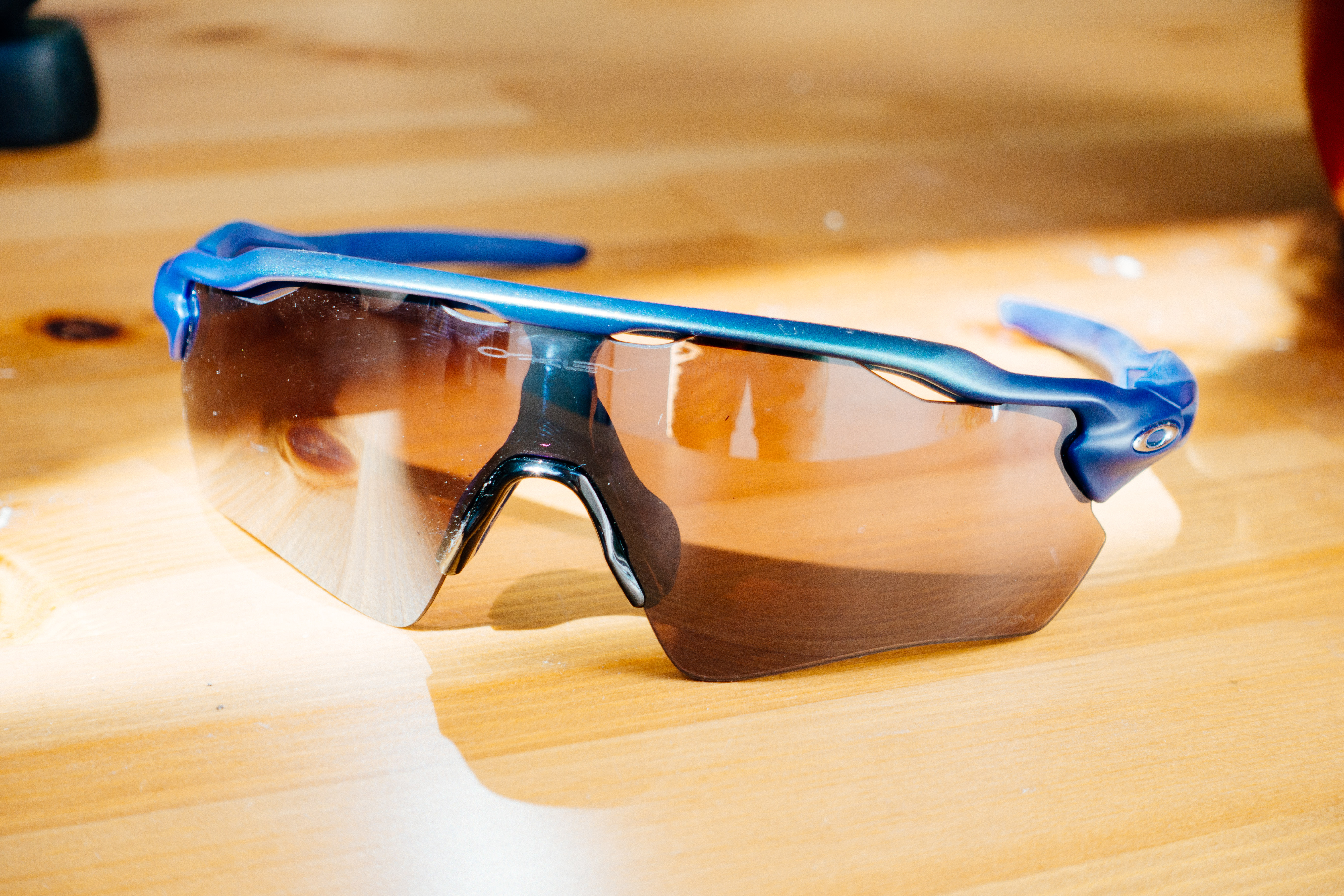
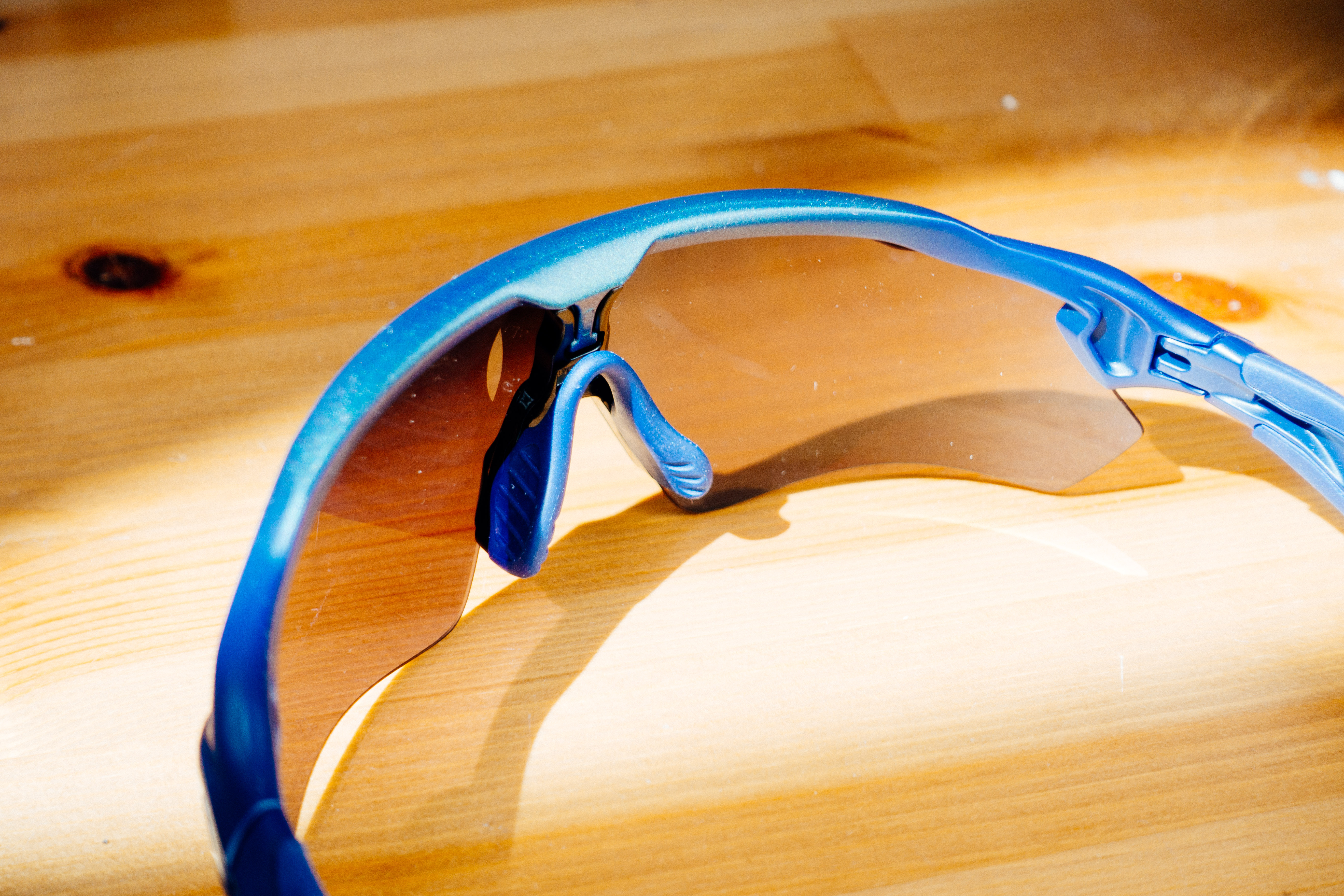
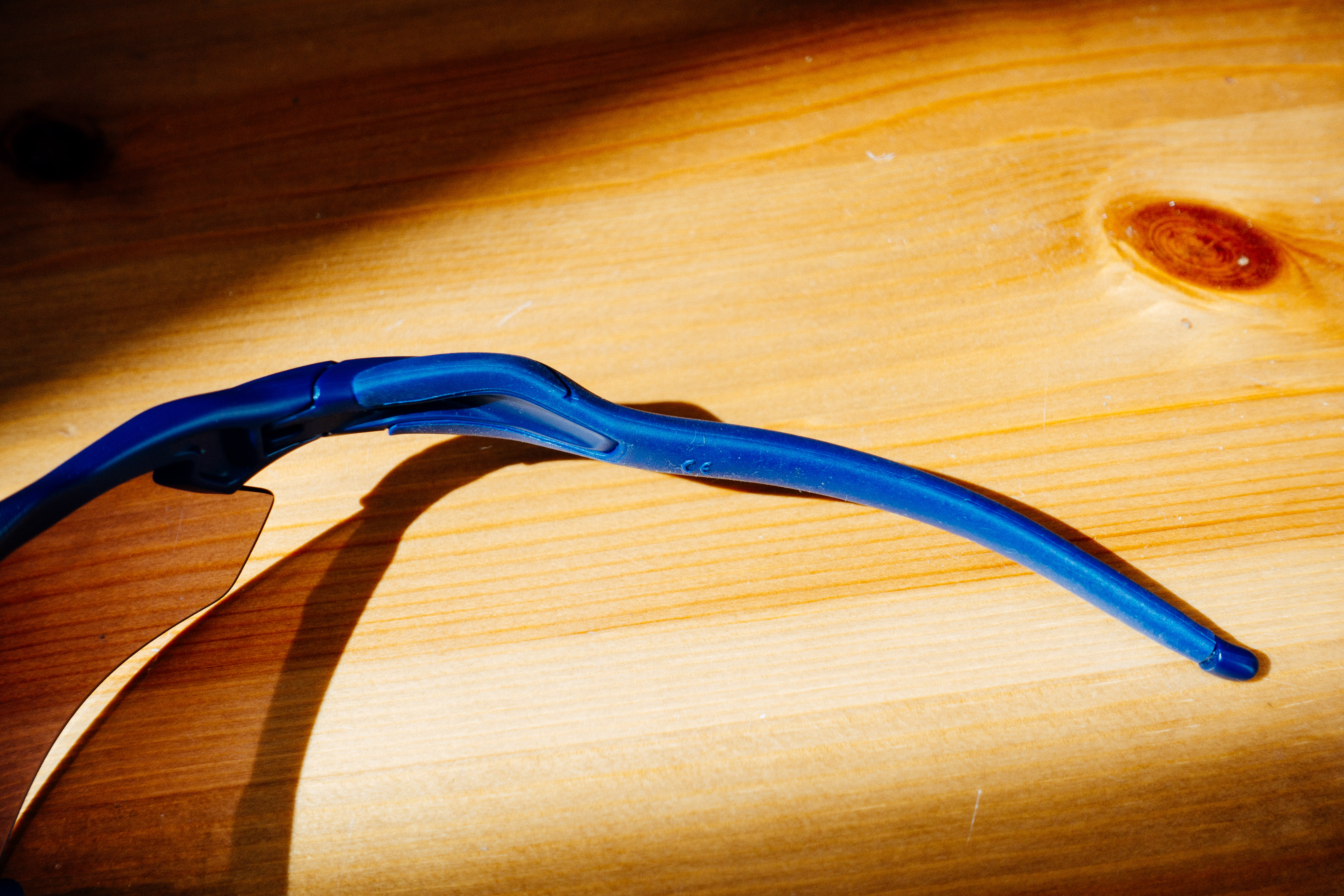
Value
With some cycling specific sunglasses costing well over £200 the Radars come in about half that price. Given they can be used day to day you’re going to get a lot more use out of them, making them to my mind a really excellent value product, far more so than anything you’ll only use on the bike. What’s more, they are some of the best constructed Oakleys I’ve come across. I owned my own pair for years, and ended up replacing the arm grippers so long did they last.
Replacement lenses can be had for under £100, meaning you could probably have two sports covered for the price of some cycling glasses too.
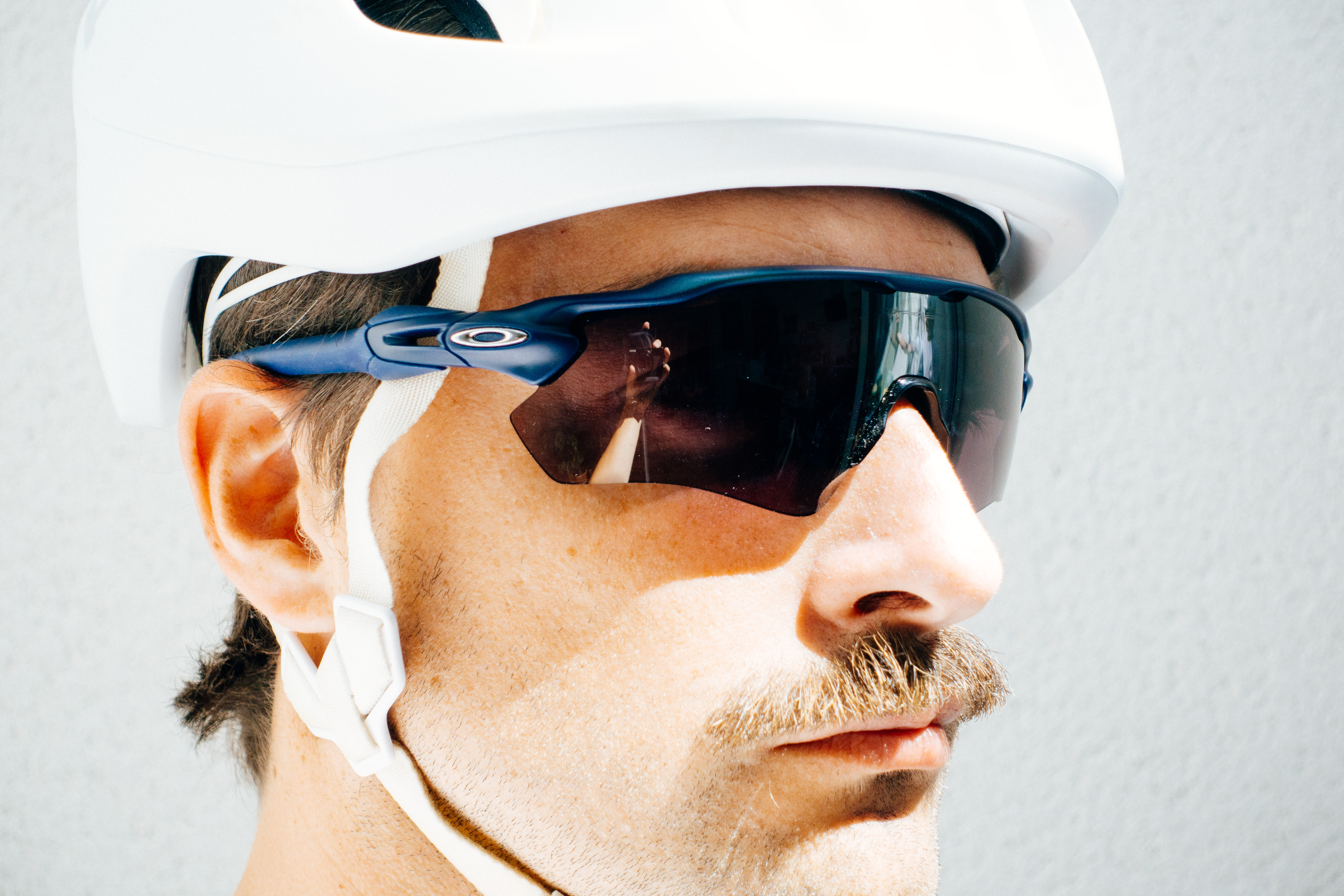
Verdict
I love sunglasses, but I’m also not naive enough to suggest they are truly going to make or break things from a performance standpoint. The Oakley Radar EV Path is a brilliant pair of sports sunglasses, as I am loathe to pigeonhole them into a cycling box. On the bike, they are slightly less good than some cycling-specific options, but what they lack on the bike they make up for in being useable more or less everywhere else.
| Attributes | Notes | Rating |
|---|---|---|
| Design and aesthetics | A true classic that transcends just cycling, though they look a bit dated now | 8/10 |
| Field of vision | Here's where they are found wanting compared to modern cycling glasses | 6/10 |
| Lens performance | While not the biggest coverage, the PRizm Road Black is a great lens for riding in high summer | 8/10 |
| Comfort and retention | I don't know what you'd have to do to shift them. Comfy, too. | 10/10 |
| Value for money | Considering you can use them off the bike far more easily than most cycling glasses, and the relatively low RRP, they're great value | 10/10 |
| Overall rating | Row 5 - Cell 1 | 84% |

Will joined the Cyclingnews team as a reviews writer in 2022, having previously written for Cyclist, BikeRadar and Advntr. He’s tried his hand at most cycling disciplines, from the standard mix of road, gravel, and mountain bike, to the more unusual like bike polo and tracklocross. He’s made his own bike frames, covered tech news from the biggest races on the planet, and published countless premium galleries thanks to his excellent photographic eye. Also, given he doesn’t ever ride indoors he’s become a real expert on foul-weather riding gear. His collection of bikes is a real smorgasbord, with everything from vintage-style steel tourers through to superlight flat bar hill climb machines.
